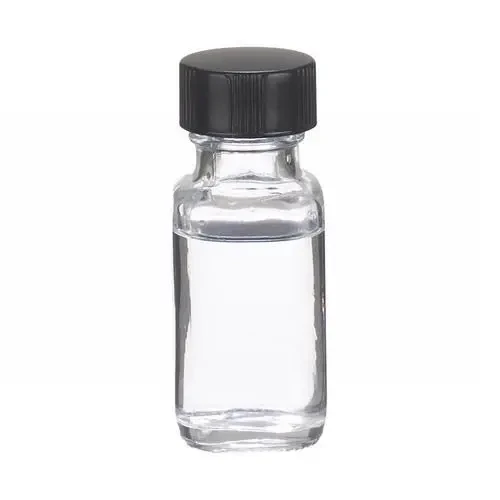Reverse Osmosis Water Treatment Chemicals Enhancing Water Purification Efficiency
Reverse Osmosis (RO) water treatment technology has become increasingly popular in both industrial and residential settings due to its effectiveness in removing contaminants from water. This process relies on the use of semi-permeable membranes to separate impurities, making it essential to understand the role of various chemicals that enhance and maintain the efficiency of RO systems. This article explores the types of chemicals used in RO water treatment and their significance in ensuring optimal performance.
The Role of Chemicals in RO Systems
The performance of RO systems can be significantly affected by the quality of the feed water and the nature of the contaminants present. To maximize water purity and prolong the lifespan of the RO membranes, several types of chemicals are employed in the treatment process. These chemicals can be broadly categorized into three groups anti-foulants, biocides, and cleaning agents.
1. Anti-Foulants Fouling is a common issue in RO systems, caused by the accumulation of particles, organic materials, and scaling on the membrane surface. Anti-foulant chemicals are added to the feed water to prevent these substances from adhering to the membranes. These chemicals work by modifying the surface charge of the foulants, enhancing their dispersion in water, and reducing their propensity to settle on the membranes. Some common anti-foulant agents include polyacrylic acids and phosphonates, which are effective in preventing inorganic scaling and organic fouling.
2. Biocides Microbial growth can lead to biofouling in RO systems, which not only reduces the efficiency of water purification but can also compromise water quality. To combat this issue, biocides are introduced into the water system to eliminate harmful microorganisms. Various biocides, such as chlorine, bromine, and quaternary ammonium compounds, can be used, although care must be taken as some can damage RO membranes. Therefore, it's essential to select a biocide that is compatible with the membrane material to prevent compromising the system's integrity.
3. Cleaning Agents Over time, even with the use of anti-foulants and biocides, RO membranes may still require cleaning to maintain their performance. Cleaning agents are formulated to dissolve and remove accumulated fouling layers from the membranes. These agents may contain acids, alkalis, or surfactants, depending on the nature of the foulants. For instance, acidic cleaners are effective against scale build-up, while alkaline cleaners can address organic foulants. Regular cleaning routines help restore membrane permeability and ensure consistent water quality.
ro water treatment chemicals

Importance of Chemical Selection
The selection and dosing of water treatment chemicals in RO processes are critical in achieving desired outcomes. The incorrect choice of chemicals or improper dosages can lead to membrane damage, reduced performance, and increased operational costs. Therefore, water treatment professionals must conduct thorough assessments of the feed water to identify potential fouling agents and microorganisms.
Additionally, pilot studies or laboratory tests can help determine the most effective chemical formulations for a specific water source. Routine monitoring of the RO system's performance is also essential to adjust chemical dosages based on real-time data.
Environmental Considerations
While chemicals play a vital role in optimizing RO systems, it is important to consider their environmental impact. The discharge of residual chemicals and cleaning agents into the environment can pose risks to aquatic life and ecosystems. Therefore, implementing strategies such as chemical recycling and biocompatible alternatives can aid in minimizing unwanted environmental effects.
Conclusion
Reverse osmosis remains one of the most effective technologies for water purification, but its effectiveness is heavily reliant on the strategic use of treatment chemicals. Anti-foulants, biocides, and cleaning agents are essential components that enhance performance and prolong the life of RO membranes. However, careful selection and management of these chemicals are crucial to achieving optimal results while minimizing environmental impacts. As technology advances, continued research into more sustainable chemical options will support the overarching goal of providing clean, safe drinking water for all.

